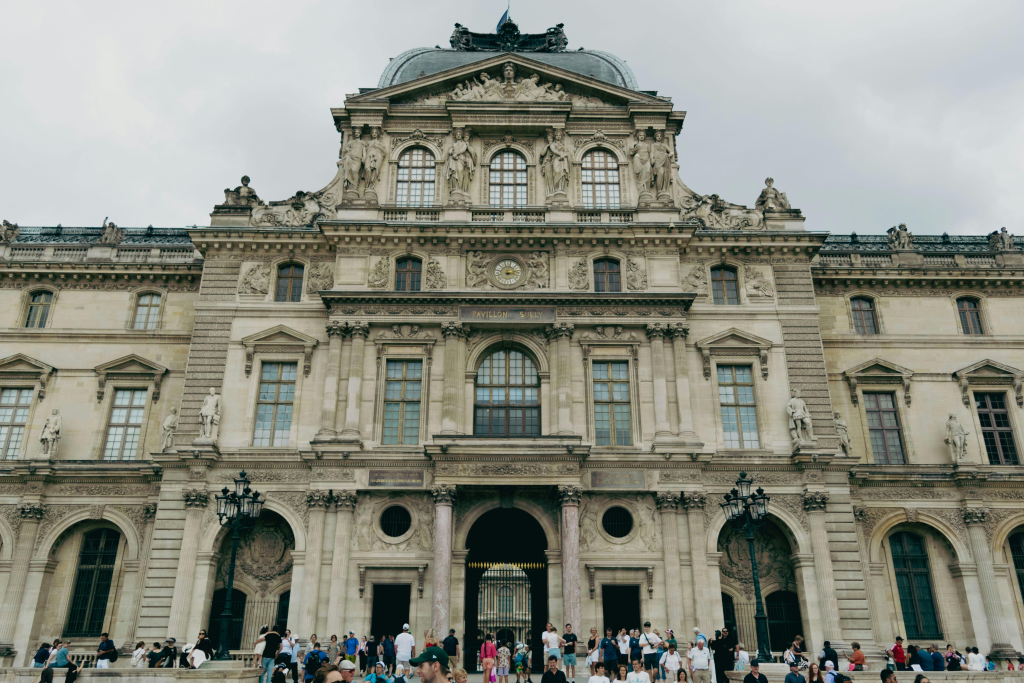
Worse than losing a crown is losing nine of them and necklaces, tiaras, and brooches which laid upon queens’ and empresses’ necks and heads. In seven minutes before dawn on an autumn morning in chilly October, four masked robbers committed one of the most brazen museum heists of modern France, purloining gems of “inestimable value” from the Apollo Gallery of the Louvre.

The daylight burglary has been termed a “national disaster” by art recovery specialist Arthur Brand, and French President Emmanuel Macron wasn’t afraid to call it, an “attack on our history.” They weren’t tawdry trinkets; they bore historical ties to Napoleon, Marie-Louise, Empress Eugénie, and France’s last queens. The indignation has resonated well beyond Paris, because everyone everywhere who is concerned about cultural artifacts everywhere can’t get their heads around what has been taken. Let us take a look at the plundered treasure, its history, and why specialists are concerned that it will never be recovered if not recovered in the near future.
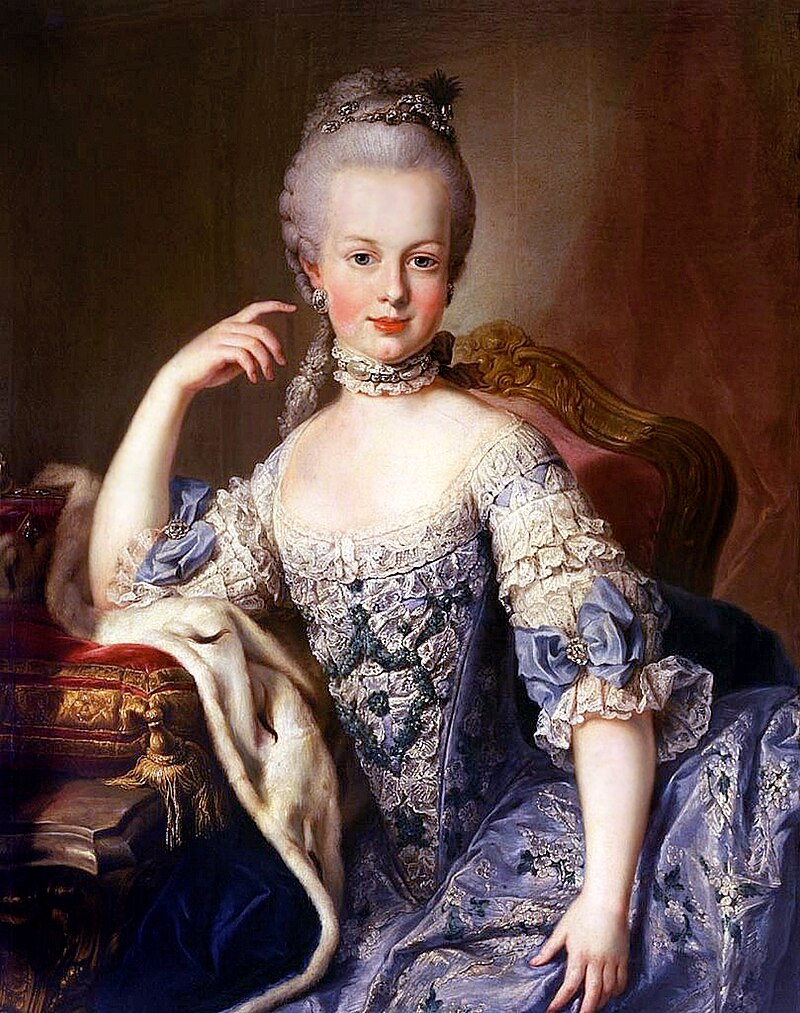
1. The Sapphire Diadem of Queens
One of the plundered treasures was a sapphire diadem, necklace, and single earring of Hortense de Beauharnais, Queen of Holland; Marie‑Amélie, Queen of the French; and Isabelle d’Orléans, Duchess of Guise. The 24 Ceylon sapphires and 1,083 diamonds that adorned the diadem were removable and could be recast as brooches, bearing witness to early 19th-century Parisian craftsmanship. There is no provenance, though rumour attaches to a connection with Queen Marie Antoinette. The set passed into the Orléans family until it was purchased by the Louvre in 1985.
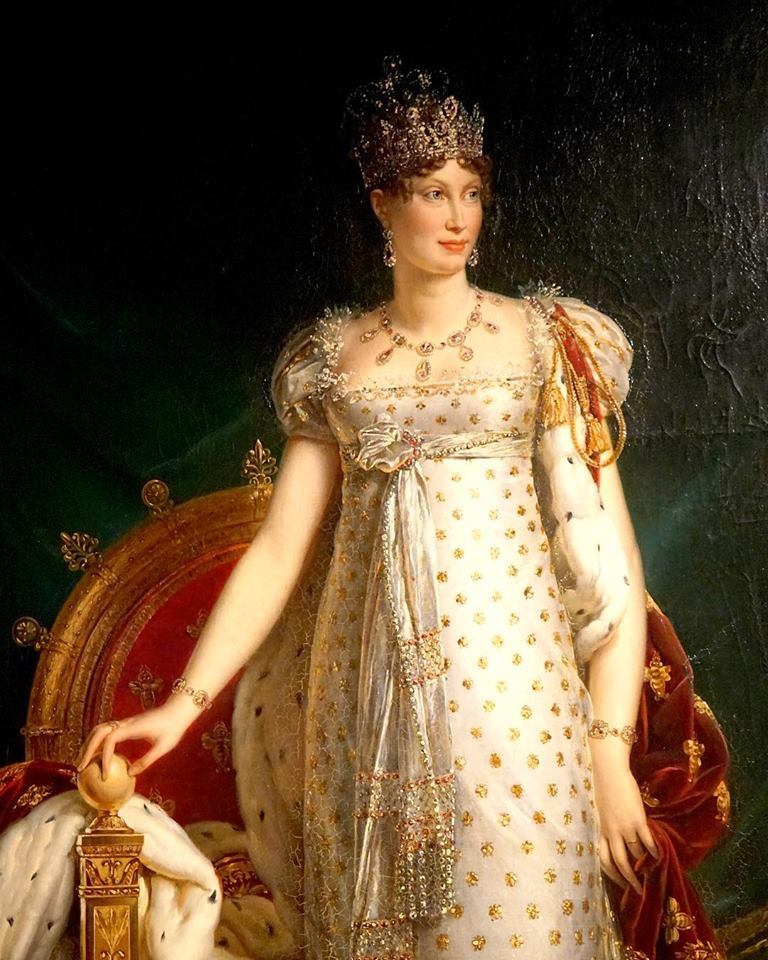
2. Napoleon’s Emerald Wedding Gift
Frédéric Boppe Commissioned in 1810 by François‑Régnault Nitot, this stunning earrings and necklace set was a wedding present from Napoleon to Marie‑Louise of Austria. It featured 32 emeralds and 1,138 diamonds, endured the fall of Napoleon’s empire, passing from hand to hand, until Van Cleef & Arpels bought it. Though the emeralds in the tiara were substituted with turquoise by another owner, the necklaces and the earrings remained intact. The Louvre purchased them in 2004 for €3.7 million, restoring their imperial dignity.

3. Empress Eugénie’s Reliquary Brooch
This 1855 reliquary brooch was commissioned by Paul‑Alfred Bapst for Empress Eugénie, wife of Napoleon III, and is designed to be a sacred relic symbolizing her Catholicism. Brooch is religious ornament and gem of 94 diamonds. 17th and 18th Mazarin stones, well-known, were presented to Louis XIV by Cardinal Mazarin and form a part of the brooch. Attractive chiseled leaves on its reverse side show the craftsmanship of those times. It was acquired by Louvre in 1887 and formed a part of the French crown treasure collection.
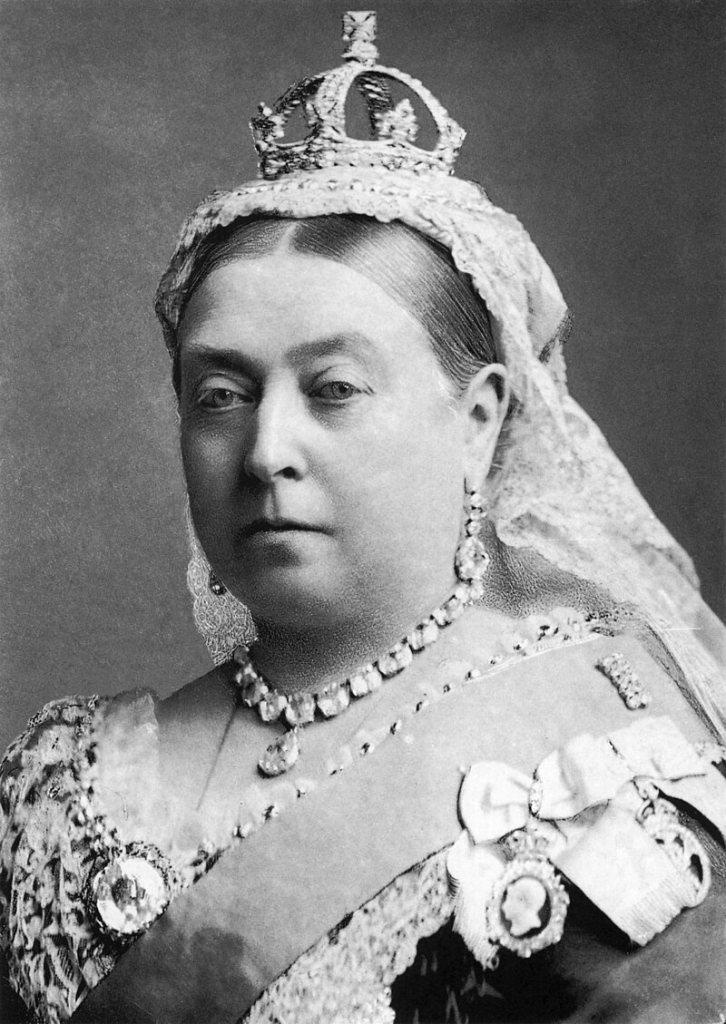
4. The Diamond Bow Brooch
Buckle to a 4,000 diamond belt, the original piece was displayed in 1855 at the Universal Exhibition and subsequently was worn by Empress Eugénie when she received Queen Victoria and other visiting royalty. Later re-designed as a brooch with draped tassels of diamonds, the gem was bought in 1887 by New York hostess Caroline Astor for 42,200 French francs. The Astor family it remained with for over a century, the Louvre bought it back in 2008 for €6.72 million and brought it back to France.
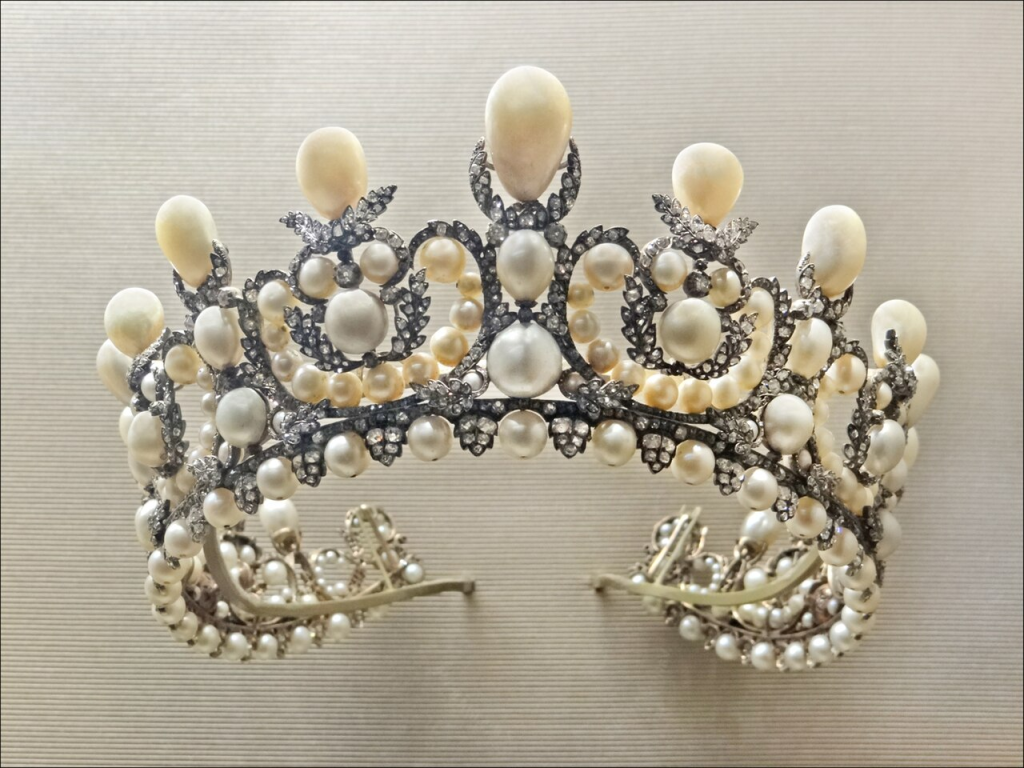
5. The Pearl Diadem
Commissioned in 1853 by jeweller Alexandre-Gabriel Lemonnier, the diadem consisted of 212 pearls and 1,998 diamonds. It represented the opulence of the Second Empire as much as Eugénie’s refined sense of taste, marrying new fashion with historical allusion. Its understatement but elegantly rich quality made it one of the best-known works of the Apollo Gallery.
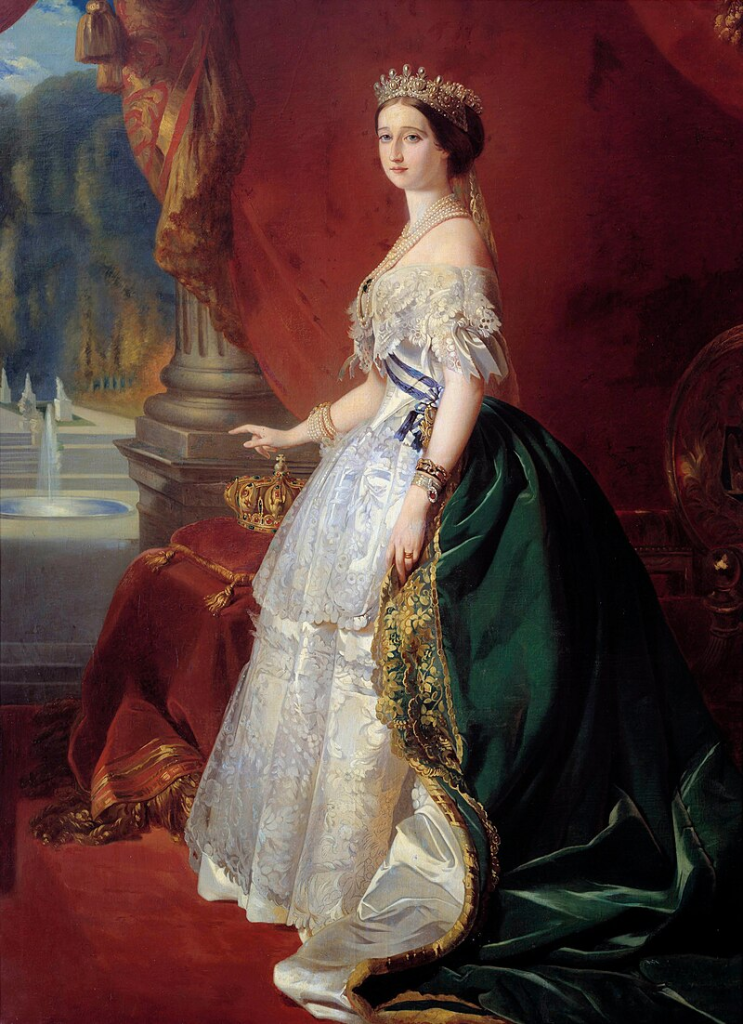
6. The Damaged Crown of Empress Eugénie
Robbers attempted to pilfer Eugénie’s crown, a gold ring encrusted with golden eagles and 1,354 diamonds and 56 emeralds. Commissioned for the 1855 Universal Exhibition and lost during shipment, it reappeared on the sidewalk outside the Louvre in fragments. Alexandre Giquello of the Drouot auction house estimated it was “in several tens of millions of euros,” pointing out the loss even in fragments.
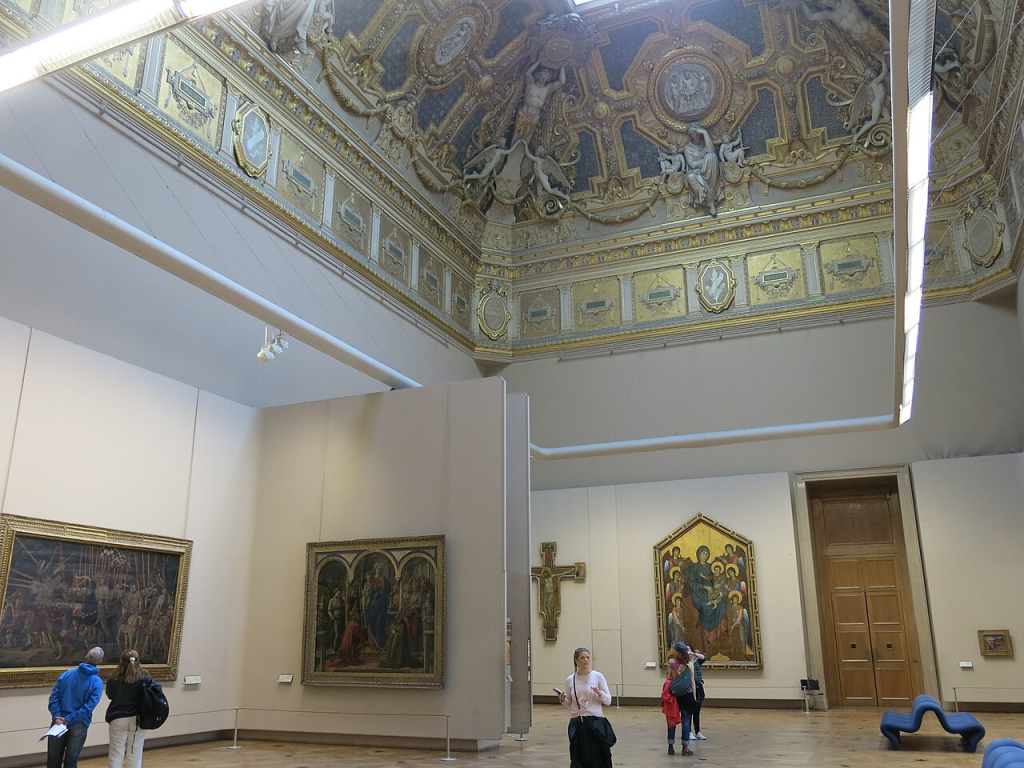
7. The Race Against Time
They can’t be sold off together because they’re so traceable, experts say. Statement by CNN in an interview with burglars, they’d probably break them up, melt out the metals and re-cut the gems. It was likened as “a race on at the moment” and that the police have only a week or so before they’re gone forever. The French officials have sent 60 agents, alerted the international community, and swept the CCTV lenses in trying to catch the jewels before they are gone forever. The October 2025 Louvre heist is not a heist it’s a tear in France’s patrimony.
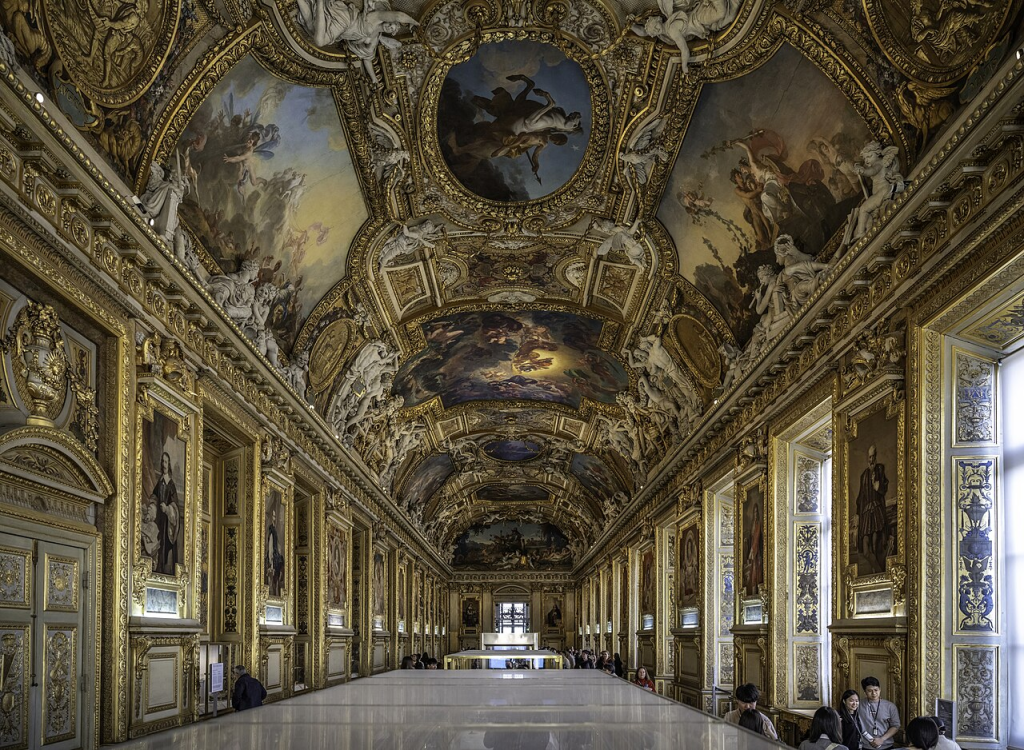
All the pilfered works along with it were centuries old, masterpieces of craftsmanship, and identity. Be it intact or shattered into fibers in the furnaces of black markets, it is in the lap of the speed and efficiency of the probe. Meanwhile, the world holds its breath for these treasures to be returned to the Apollo Gallery, their birthplace unless, of course, to France, but to the universal patrimony of mankind.


